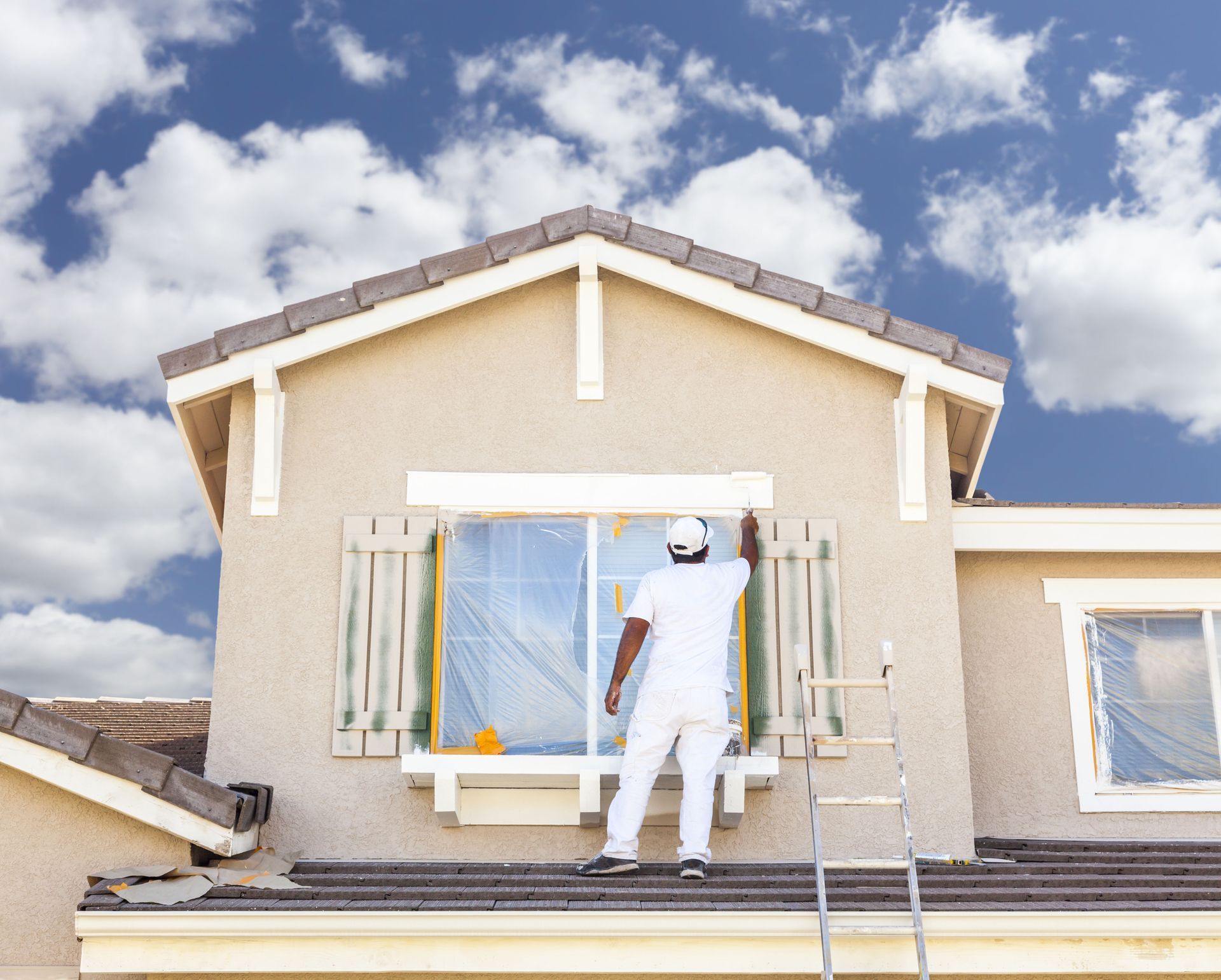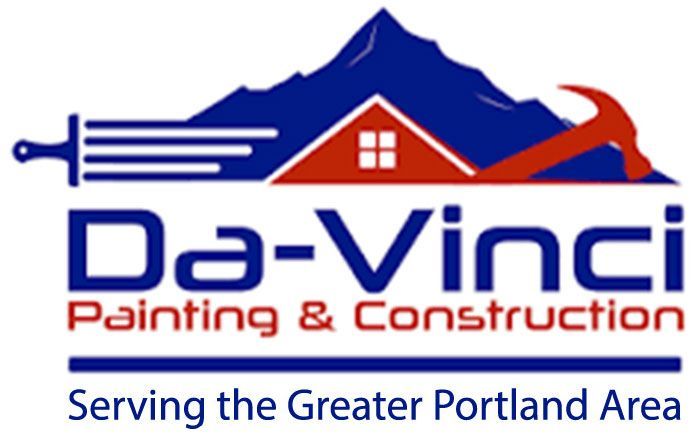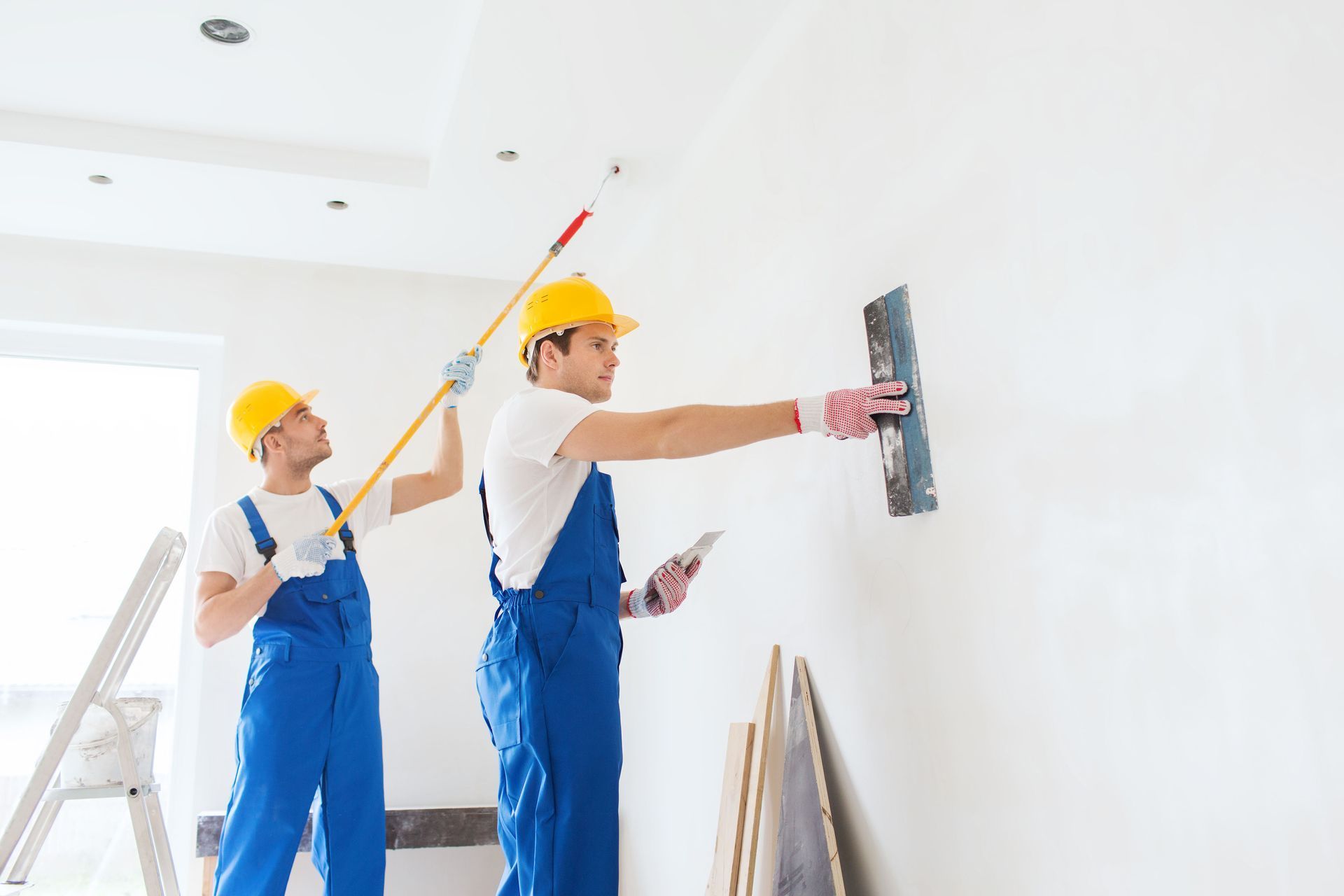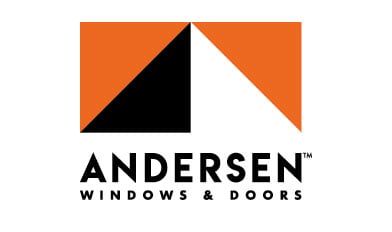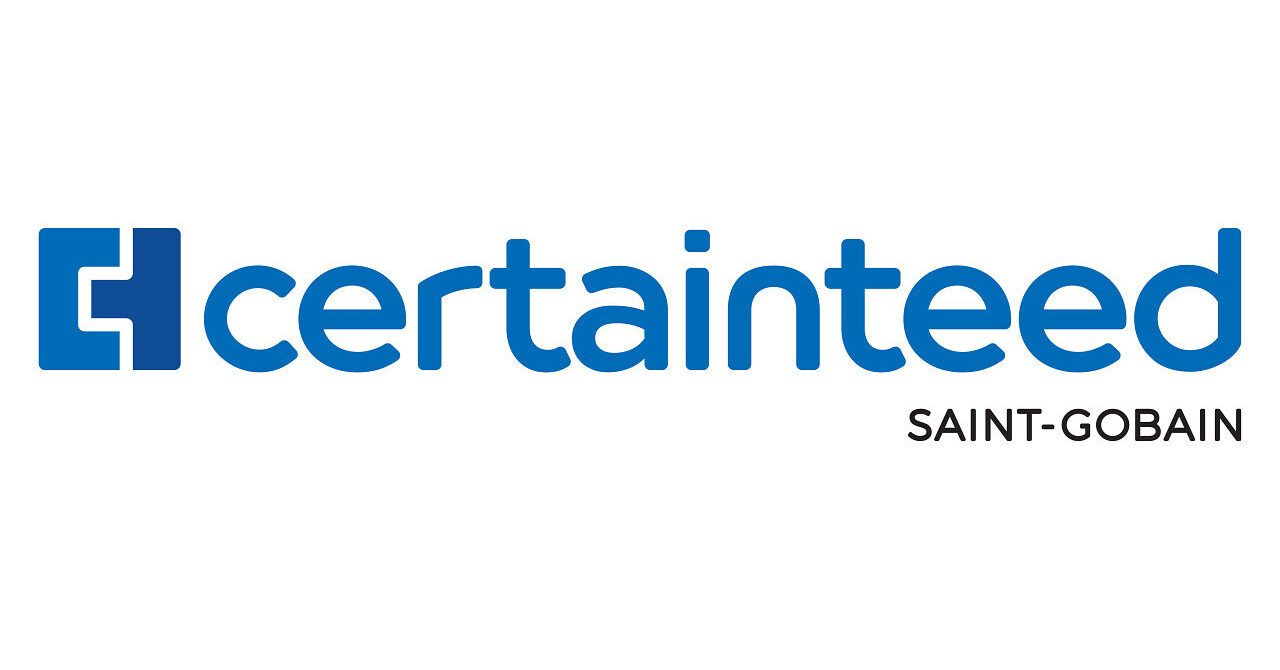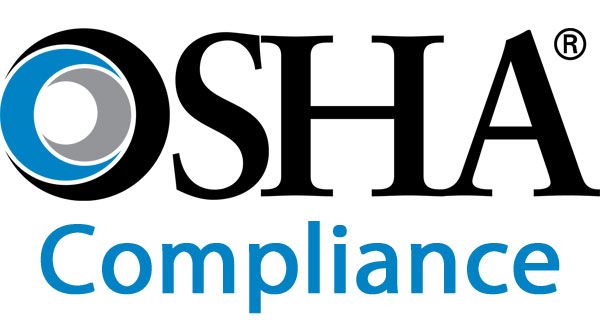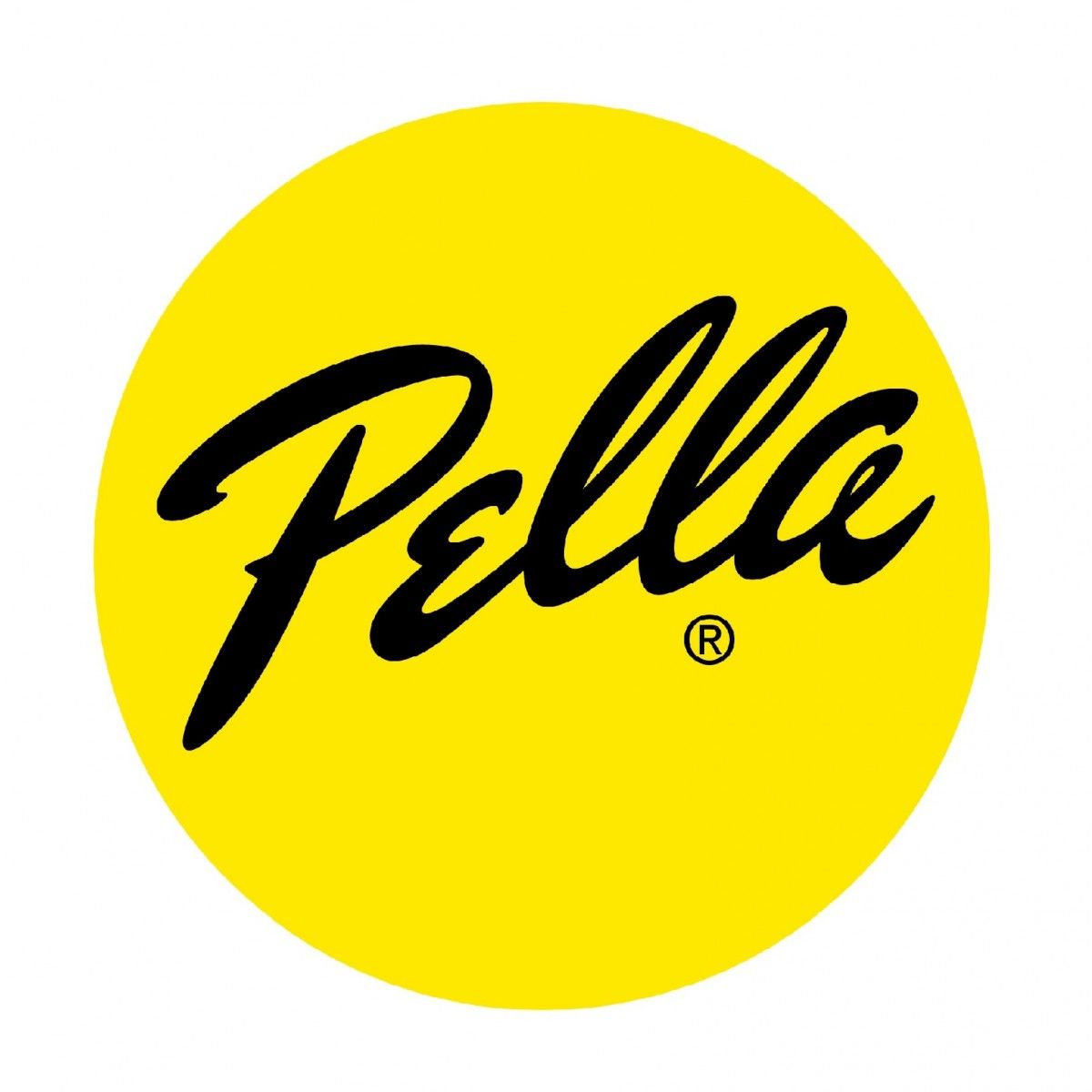September 29, 2025
Home improvement projects have gained immense popularity in recent years. This article explores the various factors contributing to this trend and examines why more people than ever are investing in their living spaces with the help of professional home remodelers.
Economic Factors Driving Home Improvement
The economic landscape has significantly influenced the surge in home improvement projects. Firstly, an increase in home equity provides homeowners with more financial flexibility to invest in improvements. As property values have risen sharply over the past decade, owners now see the potential to capitalize on their homes' increasing worth by enhancing their living conditions with guidance from experienced home remodelers.
Moreover, the rising costs of purchasing new homes have encouraged people to invest in renovating their current houses instead. The financial burden of buying a new property, compounded by higher mortgage rates, makes improving existing homes a more viable option. In 2023, according to the Joint Center for Housing Studies, 26 million or 29.7% of homeowners undertook home improvement projects. This statistic highlights how economic considerations have driven a large section of homeowners to prioritize upgrades.
Adding to these developments is the ease of obtaining home improvement loans and favorable tax incentives. Financial enterprises have adapted to this trend, offering loans tailored specifically for renovation purposes. Tax credits and rebates for certain types of improvements, such as energy-efficient upgrades, further incentivize homeowners to seek enhancements through qualified home remodelers.
Technological Advancements
Technological progress plays a crucial role in the growing popularity of home improvement projects. Smart home technologies appeal to those looking to enhance convenience, security, and efficiency. Devices like smart thermostats and automated lighting systems are now accessible to the average consumer, simplifying daily routines and reducing utility bills.
The proliferation of online resources and DIY project tutorials has empowered homeowners to take on renovation tasks themselves. Platforms such as YouTube and Pinterest offer countless ideas and step-by-step guides, breaking down complex projects for amateurs. Additionally, advancements in sustainable and green technologies have widened the scope of improvement options for environmentally conscious homeowners seeking collaboration with professional home remodelers.
Furthermore, innovations in materials and tools have made renovations more feasible. Lightweight yet durable materials, alongside advanced construction tools, allow users to execute intricate plans with relative ease. Automation and security systems, previously seen as the domain of luxury homes, are now commonplace, bringing clarity and peace of mind to homeowners.
Cultural Shifts and Trends
Cultural trends significantly influence the home improvement landscape. There is an increasing desire for multi-functional spaces that accommodate various needs within the home, such as work, leisure, and exercise. The adaptability of spaces is often seen in basements transformed into home gyms or garages into workshop spaces.
Open floor plans continue to be a highly sought-after feature, proving the desire for larger, uncluttered spaces. This trend encourages a sense of flow and connection among different areas, catering to both family interactions and social gatherings. Minimalist design trends align with the movement towards open spaces, emphasizing simplicity and functionality.
Social media and home design shows have also impacted consumer tastes and preferences. Platforms such as Instagram exhibit the latest home trends, inspiring users to replicate elaborate or subtle design elements in their own homes. The resulting demand further drives the home improvement market, as homeowners seek to create aesthetically pleasing environments.
Environmental and Sustainability Concerns
Environmental awareness has become a central consideration in home improvement. As climate change looms large, many are turning to energy-efficient solutions. Innovations such as smart heating systems and solar panels have significantly lowered energy consumption, reducing both environmental impact and utility expenses.
Incorporating renewable materials into renovation plans emphasizes sustainability. Bamboo flooring and recycled glass countertops, for instance, have gained popularity for their eco-friendliness and durability. Water conservation innovations, like low-flow plumbing fixtures, have also become mainstream, reflecting the growing importance of environmental protection.
Waste reduction and recycling initiatives are on the rise, with more directives encouraging responsible disposal of renovation debris. Homeowners increasingly prefer recycled materials and look for ways to repurpose items during upgrades. The impact of climate change awareness has pressured manufacturers and consumers to adopt sustainable practices, reinforcing this ongoing trend.
Impact of the Pandemic
The COVID-19 pandemic has profoundly influenced the home improvement industry. With increased time spent at home, many identified a need for personalized and functional spaces. Consequently, homeowners sought projects that would adapt their living areas to changing needs, like creating home office spaces for remote work.
The pandemic emphasized comfort and security, pushing homeowners towards renovations focused on enhancing these aspects. Insulation improvements, better HVAC systems, and enhanced outdoor spaces for relaxation became key investment areas. Moreover, the rise in DIY projects during quarantine reflected both the necessity for cost-effective solutions and increased confidence through access to online resources.
Spending priorities shifted significantly during the pandemic. As travel and dining expenses decreased, disposable income could be redirected towards home improvements. Consequently, in 2023, a substantial portion of homeowners engaged in renovations, underscoring how the pandemic reshaped household expenditures.
Influence of Generational Changes
Generational shifts have also played a role in the prevalence of home improvement projects. Millennials, entering the housing market, value customization and personalization, steering away from standard layouts. They seek to infuse their personalities into the design, demanding homes to reflect their unique tastes and preferences.
Greater aesthetic appreciation has emerged, spurred by design-centric platforms and trends. This appreciation translates into a willingness to invest in visually appealing and distinct spaces. Millennials are particularly drawn to experiences within the home, valuing indoor and outdoor spaces that provide sophistication and comfort in equal measure.
This generational emphasis on lifestyle integration fosters a fluidity between indoor and outdoor living, seen as gardens transform into extended living areas. The desire to merge functionality with beauty becomes essential, driving substantial investment into home renovation with the help of skilled home remodelers. As new demographics enter the housing sector, their preferences significantly shape the home improvement landscape.
Role of Government Policies and Incentives
Government initiatives have played a pivotal role in fueling the popularity of home improvement projects across the country. Federal and state programs offering tax credits for energy-efficient renovations have made significant upgrades far more financially attractive for homeowners.
For instance, rebates on solar panel installations, energy-efficient windows, or HVAC system improvements reduce upfront costs while promising long-term savings on utility bills. Zoning law adjustments and simplified permitting processes have also helped streamline home renovation projects, eliminating red tape and encouraging timely upgrades.
Furthermore, grants and low-interest loans designed to promote green construction practices have given homeowners additional motivation to invest in eco-friendly and sustainable improvements. As governments continue to prioritize energy efficiency and infrastructure modernization, these incentives are expected to remain a driving force behind the growth of home renovations.
Growth of the Home Improvement Industry and Services
The rapid expansion of the home improvement industry itself has directly contributed to the surge in remodeling projects nationwide. Today, homeowners have access to a broader range of specialized contractors, home design consultants, and material suppliers than ever before. Large-scale retailers like Home Depot and Lowe’s, alongside digital platforms such as Houzz and Angi, have made it easier for homeowners to source materials, compare service providers, and access professional guidance. Competition among contractors has also driven innovations in pricing structures, with many offering flexible payment plans, bundled services, or design-to-build packages that simplify the entire process. Furthermore, the rise of niche services, such as sustainable home retrofitting or luxury outdoor living design, has allowed homeowners to tailor projects to specific lifestyle goals. This diversification of services ensures that homeowners of varying budgets and preferences can find renovation solutions that meet their exact needs with the support of professional home remodelers.
The rising popularity of home improvement projects can be attributed to a confluence of economic, technological, cultural, environmental, and generational factors. As society continues to evolve, so too will the motivations and trends driving this significant investment in personal living spaces. If you need professional home remodelers , make sure to contact Da-Vinci Painting & Construction, LLC today!
